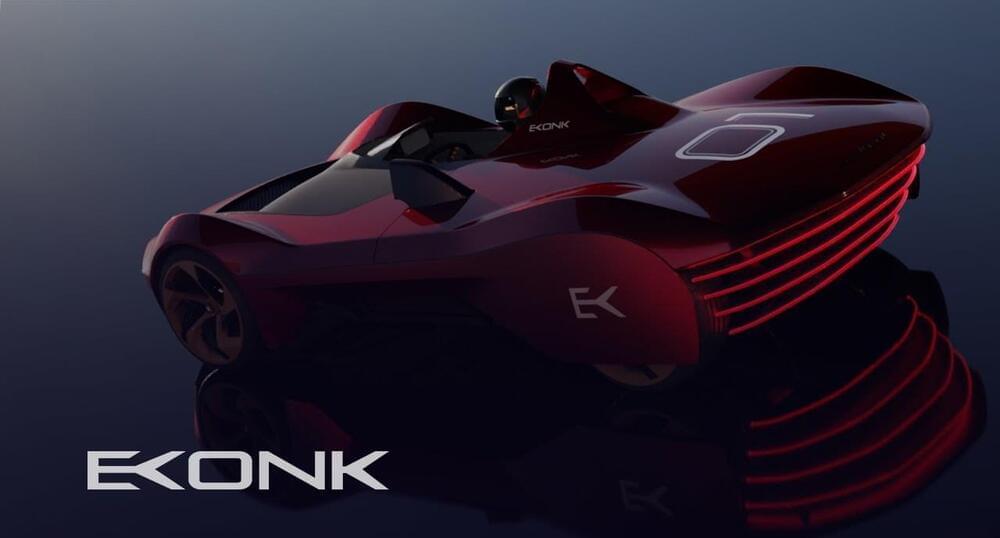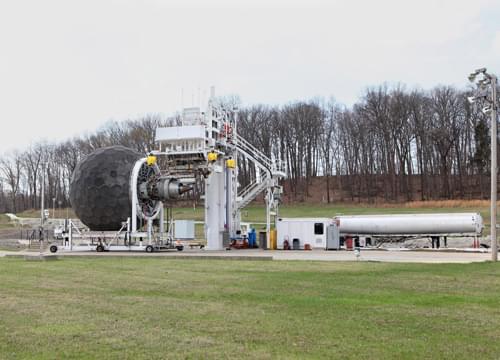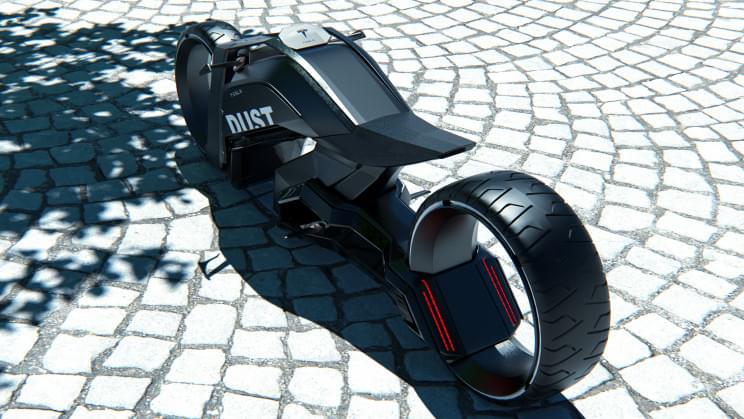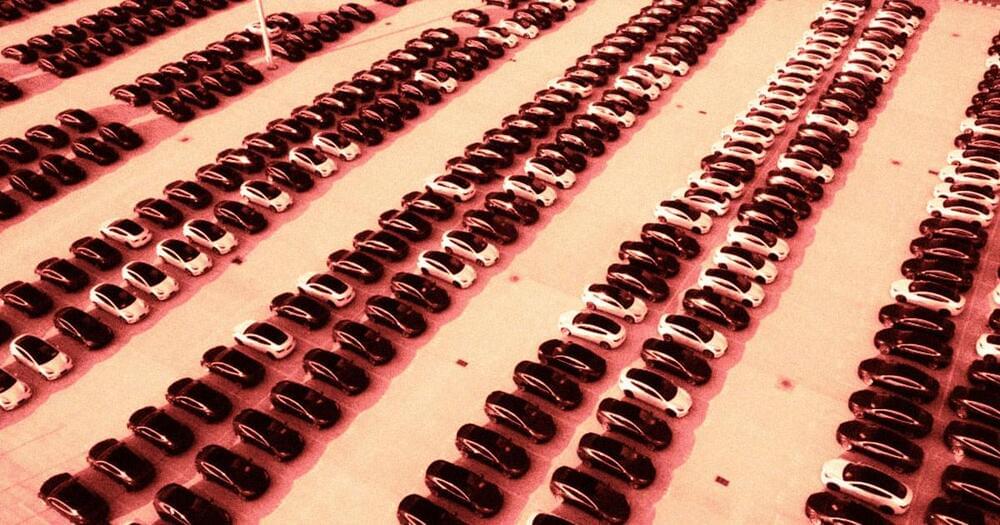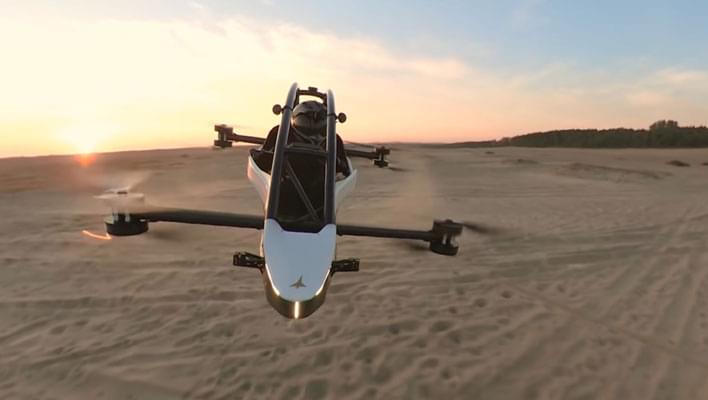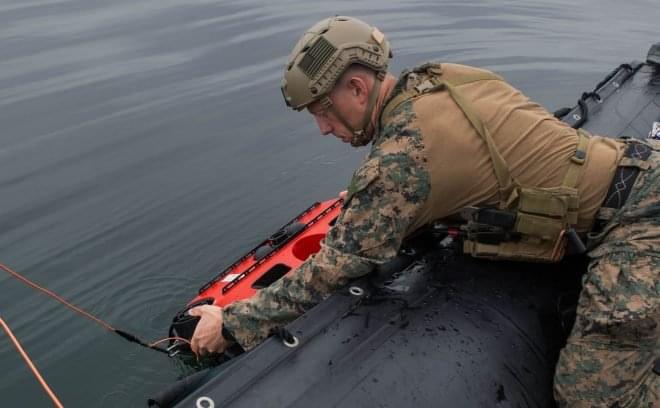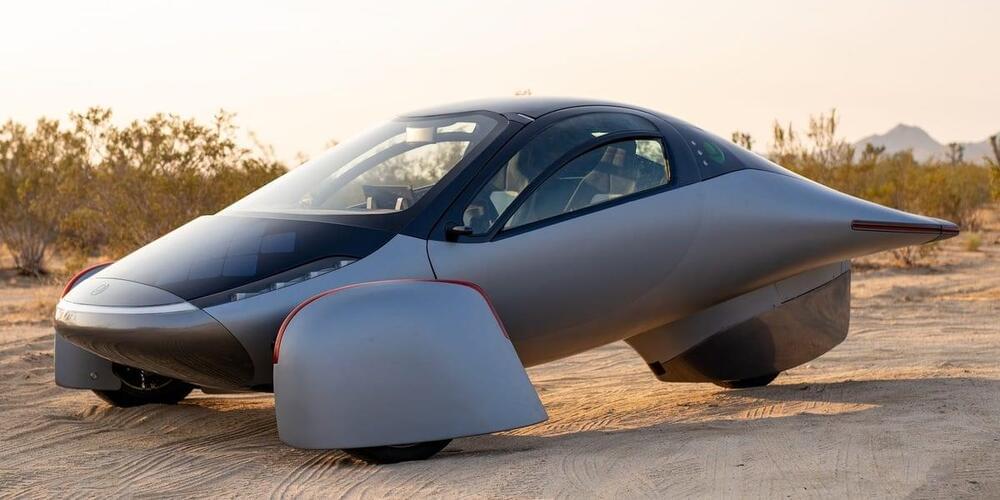Tesla’s Autopilot and Full Self-Driving Beta are, at their core, safety systems. They may be advanced enough to make driving tasks extremely easy and convenient, but ultimately, CEO Elon Musk has been consistent with the idea that Tesla’s advanced driver-assist technologies are being developed to make the world’s roads as safe as possible.
This is something that seems to be happening now among some members of the FSD Beta group, which is currently being expanded even to drivers with a Safety Score of 99. As the company expands its fleet of vehicles that are equipped with FSD beta, some testers have started sharing stories about how the advanced driver-assist system helped them avoid potential accidents on the road.
FSD Beta tester @FrenchieEAP, for example, recently shared a story about a moment when his Model 3 was sitting at a red light with the Full Self-Driving Beta engaged. When the light turned green, the all-electric sedan started moving forward — before braking suddenly. The driver initially thought that the FSD Beta was stopping for no reason, but a second later, the Model 3 owner realized that a cyclist had actually jumped a red light. The FSD Beta just saw the cyclist before he did.
